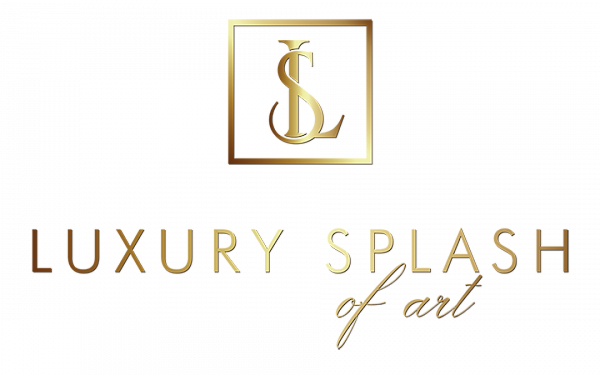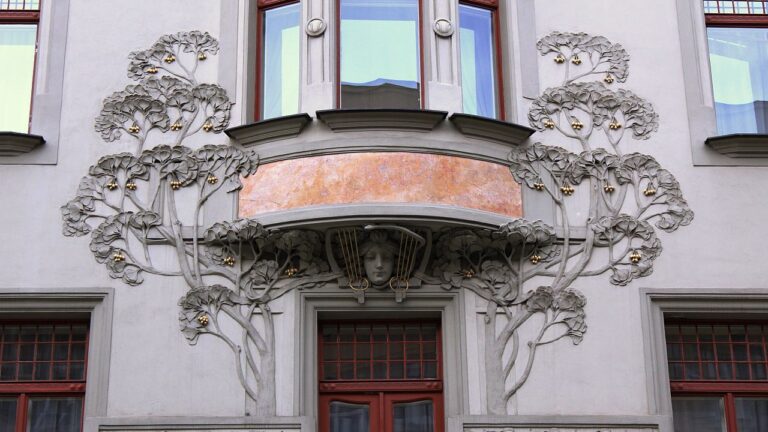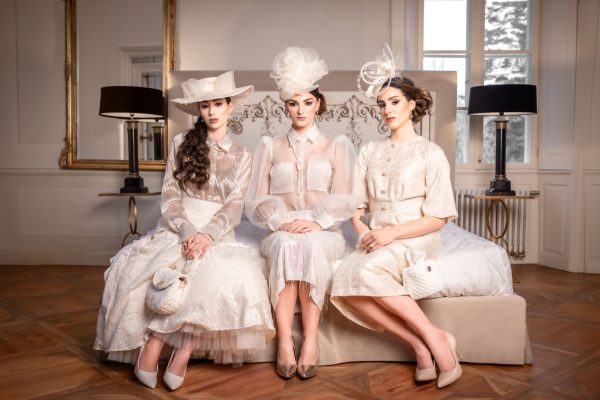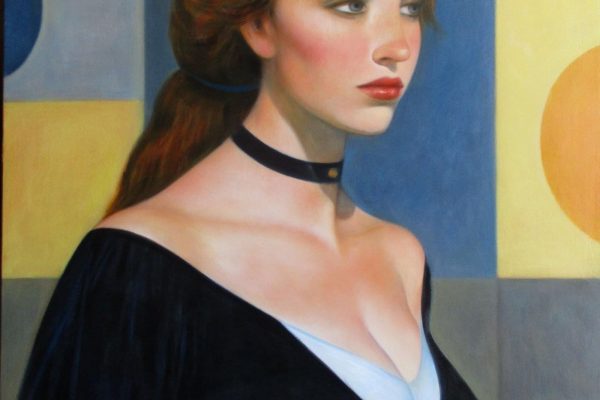The “Art Nouveau” style resulting from the English impulse “Arts and Crafts”of William Morris in 1860, is an artistic movement which develops between 1880 and 1905 in Europe, in reaction against rationalism and extends to all disciplines creative like painting, architecture, design, typography etc.
Therefore, the curve and the counter-curve, key to the architecture of “Art Nouveau” buildings reminiscent of nature and plants, will prevail. Depending on the country, this style will have different names: Art Nouveau in France and Belgium, Liberty in Italy, Modernisto in Spain, Modern Style in Great Britain and Sezessionstil in Austria.
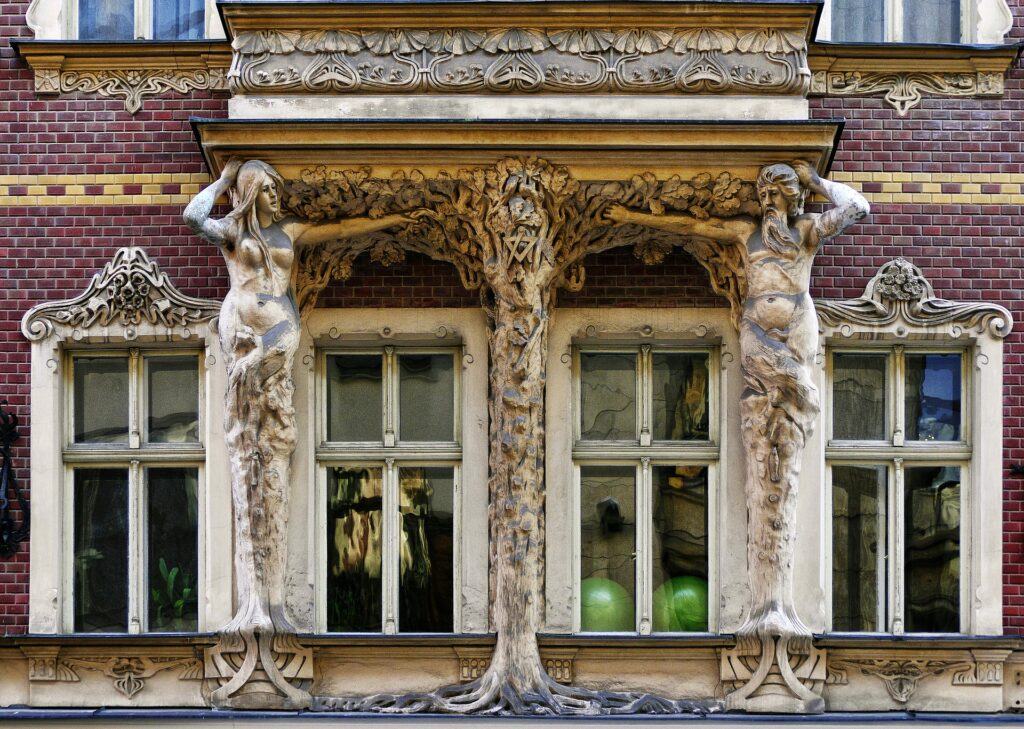
In 1880, the era of science, industry and rationality throughout Europe. The artists who were the instigators of this new reactionary movement, wanting to break definitively with the incessant repetitions of old aesthetic styles, in particular in the field of architecture and decorative arts, will combine new techniques such as the use of iron, cast iron , steel or glass in the construction of buildings, but also combine different materials such as: iron, brick and wood.
The “Art Nouveau” which is mainly inspired by the plant world (water lily, thistle, indoor green plants, etc.), produces subtle ornamental shapes imitating flowers and leaves with a repeating pattern, which helps to create a abundant and extravagant decoration simulating nature. Add to this a pronounced accent for the animal world (dragonfly, butterfly, peacock, etc.), as well as for the sensual, dangerous and ambiguous woman. The exuberance of this new aesthetic movement could be compared to the “Rococo” style in many ways. During this period, the facades of buildings are decorated with frescoes evoking nature through their patterns and shapes. Architecturally, the buildings develop according to a functional and organic model in which the use of curves, countercurves, arabesques, intertwining and sinuous lines predominate, which form a dynamic structural whole. Iron asserts itself and unites with stone, brick or wood.

The artists and architects of the “Art Nouveau” movement want to remove all distinctions between the major arts and the minor arts, reintroduce craftsmanship which tends to disappear in the face of industrialization and seek above all to unify architecture, decor, as well as the furniture, so that any object is fully assimilated to the interior and exterior style of the house. We then use the term “Total Art” to describe an art that advocates consistency useful and beautiful, structure and decoration and which concerns all kinds of crafts.
Architecture, ironwork, cabinetmaking, glassware, as well as leather and ceramic work are all manual trades that collaborate in this great movement of decorative art. Art should no longer be in museums, but within reach.

In the “Art Nouveau” movement we find, to name a few, the Belgian architect Victor Horta who created the Maison Horta, the interior of the Hôtel Tassel, the facade of the Maison Cauchie, the entrances to the Paris metro etc. or the Catalan architect Antonio Gaudi who built the Pavilion of the Secession etc.
© Patrick QUENUM (All rights reserved)
